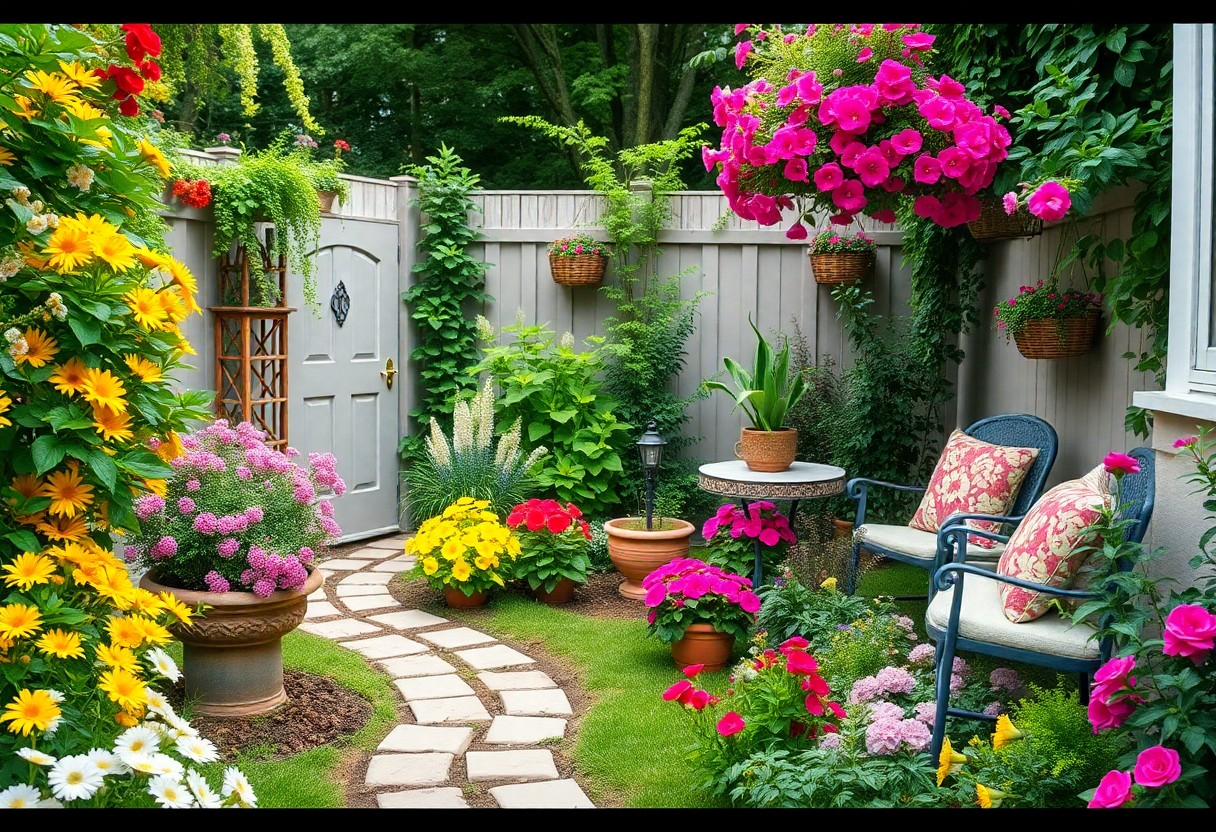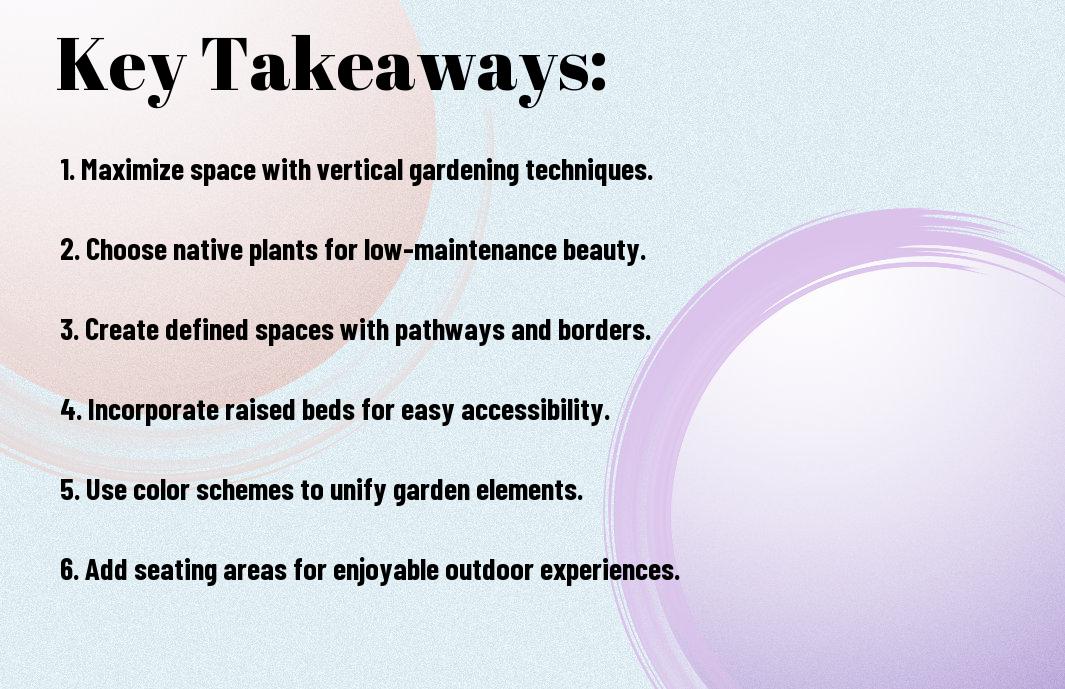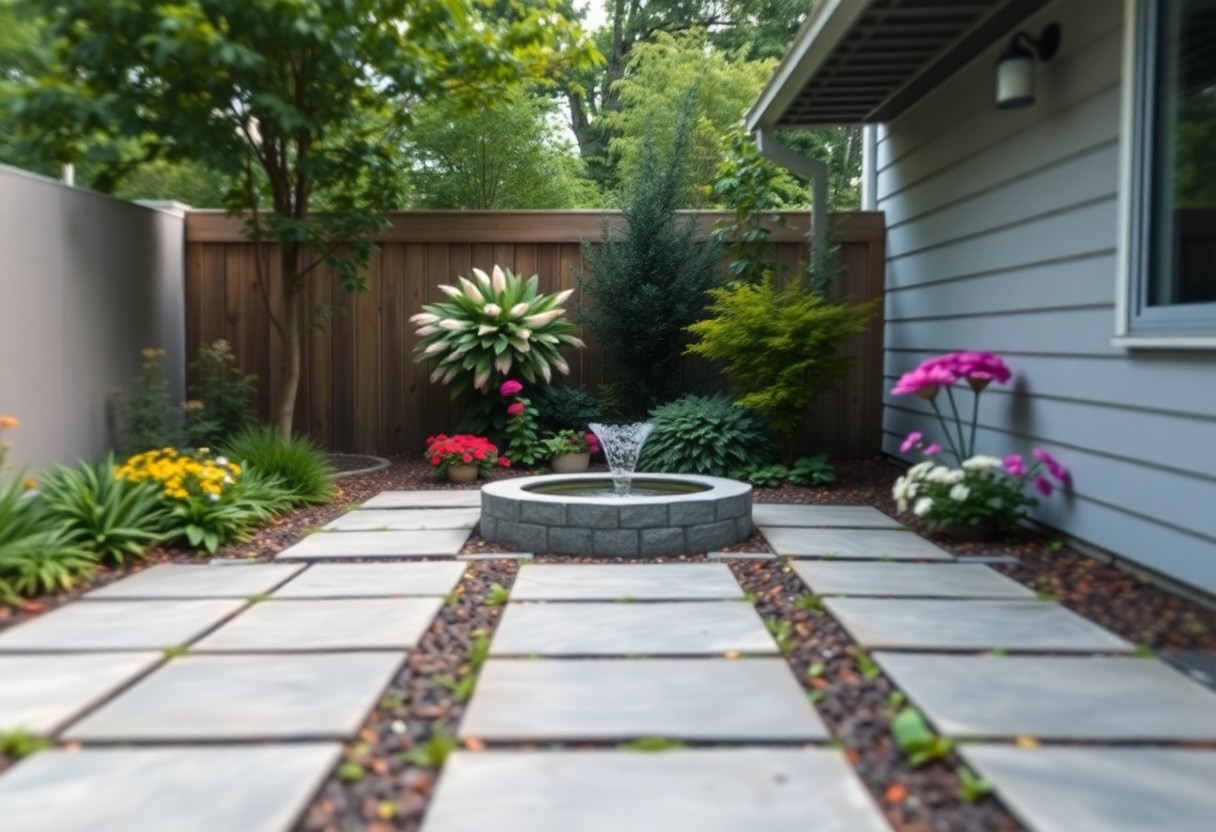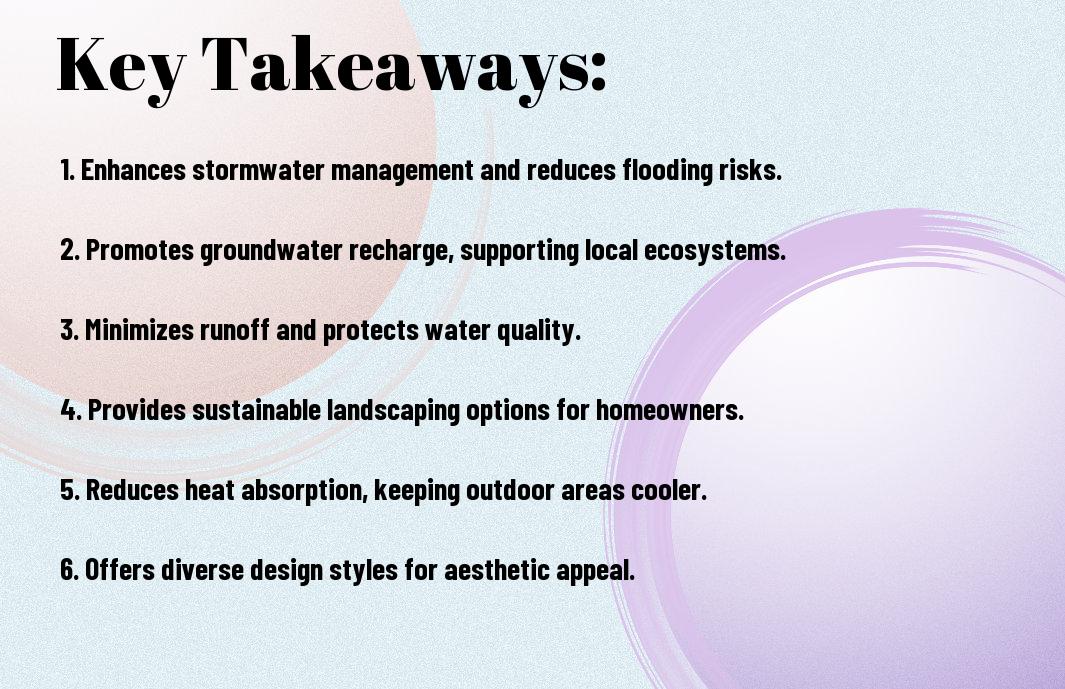As you strive to create a bird-friendly habitat, you’re likely looking for ways to attract a variety of species to your yard. You can start by selecting the right shrubs, which provide food, shelter, and nesting sites for birds. By choosing the right shrubs, you can transform your outdoor space into a haven for birds, enhancing your viewing experience and supporting local wildlife. You’ll learn which shrubs are best suited for your yard and how they can help attract birds.
Key Takeaways:
To create a bird-friendly yard, consider the following points when selecting shrubs:
- Plant native shrubs that produce berries or seeds to attract a variety of bird species, as these provide a natural source of food and shelter.
- Incorporate evergreen shrubs to offer year-round habitat and protection for birds, especially during harsh weather conditions.
- Choose flowering shrubs that attract insects, which serve as a food source for birds, and consider shrubs with dense foliage to provide nesting sites.
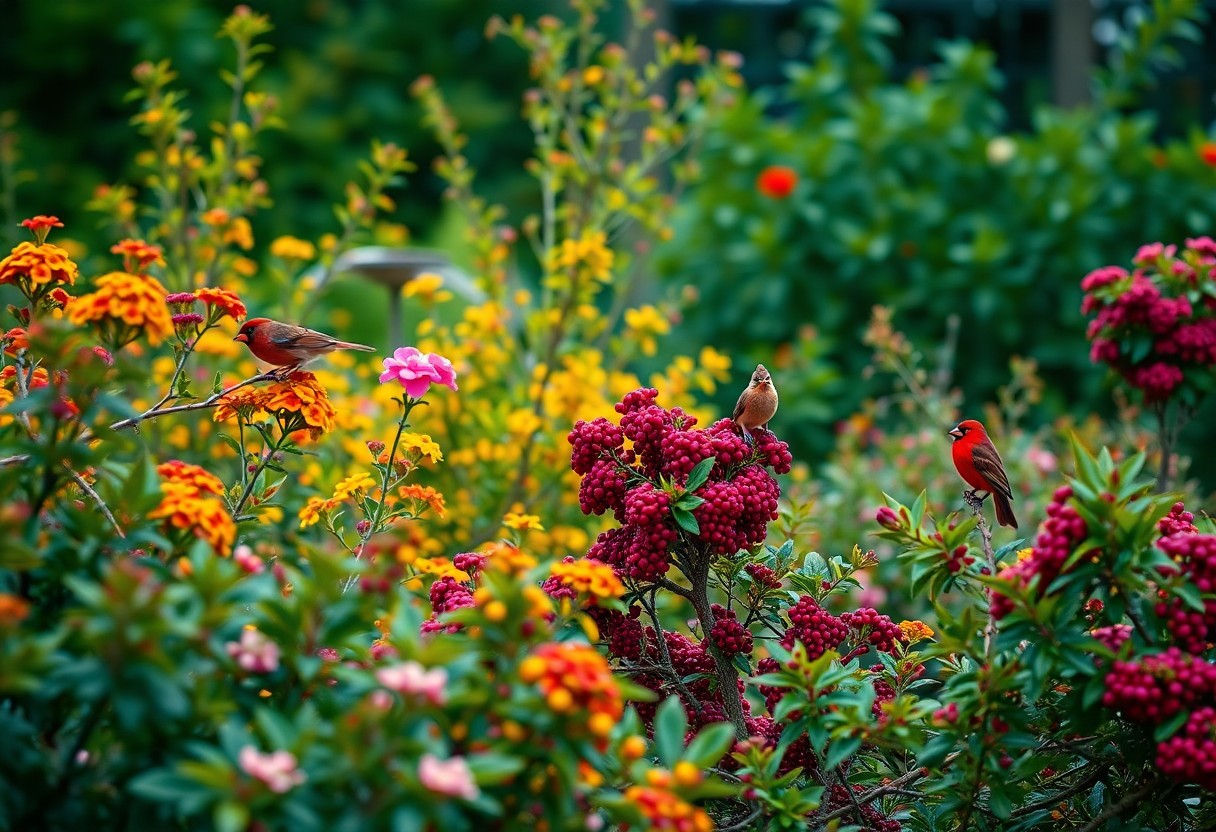
Choosing the Right Shrubs
The type of shrub you choose will depend on the climate and region you live in, as well as the type of birds you want to attract. You should consider factors such as the shrub’s growth habits, soil requirements, and the types of food it provides.
Native Species
Between the various options available, native species are often the best choice, as they will be most attractive to local bird populations. You can consult with a local nursery or landscaper to determine which native shrubs are best suited to your area.
Berry-Producing Shrubs
Above all, berry-producing shrubs are a great option, as they provide a source of food for birds during the winter months. You can choose from a variety of shrubs, such as holly or dogwood, to attract birds to your yard.
Species such as blueberries, raspberries, and blackberries are excellent choices, as they produce abundant berries that attract a wide range of bird species. You can plant these shrubs in a location that receives full sun to partial shade, and provides well-draining soil, to ensure optimal growth and berry production, and in turn, attract a variety of birds to your yard.
Shrubs for Different Seasons
It is crucial to choose shrubs that attract birds throughout the year, as different species visit your yard during various seasons, and you can select shrubs that cater to these seasonal visitors.
Spring-Blooming Shrubs
By adding spring-blooming shrubs to your yard, you can provide a source of nectar and insects for birds, such as azaleas and rhododendrons, which are perfect for attracting birds like hummingbirds and orioles.
Summer-Fruiting Shrubs
With summer-fruiting shrubs, you can offer juicy fruits for birds, such as dogwoods and hawthorns, which are ideal for attracting birds like robins and blue jays.
It is worth noting that summer-fruiting shrubs, like dogwoods and hawthorns, provide a perfect source of nutrition for birds during the summer months when they need energy to raise their young, and by incorporating these shrubs into your yard, you can create a bird-friendly habitat that supports their needs.
Creating a Bird-Friendly Habitat
Your yard can become a haven for birds by incorporating the right shrubs and plants, providing them with food, shelter, and water, making it an ideal spot for them to thrive.
Planting Tips
Along with choosing the right shrubs, you should consider the following:
- Native plants
- Diverse foliage
Thou shalt see an increase in bird activity as you create a welcoming environment.
Maintenance Advice
Alongside regular watering and pruning, consider the types of birds you want to attract and tailor your maintenance accordingly, you will be able to enjoy the beauty of nature in your yard.
Creating a low-maintenance habitat is key to attracting birds, by choosing disease-resistant and hardy shrubs, you will be able to minimize your upkeep while still providing a haven for your feathered friends, allowing you to sit back and enjoy the sights and sounds of nature in your own backyard.
Popular Shrubs for Bird Attraction
All bird enthusiasts know that choosing the right shrubs can make a big difference in attracting birds to your yard. You can find a variety of shrubs that can attract birds by visiting Shrubs to Attract Birds and selecting the ones that fit your needs.
Dogwood and Holly
Between the various options, Dogwood and Holly are popular choices for attracting birds to your yard, as they provide berries that serve as a food source for many bird species, making your yard a welcoming place for them.
Viburnum and Juniper
The selection of Viburnum and Juniper shrubs can also enhance your yard’s attractiveness to birds, offering a mix of berries, seeds, and shelter that cater to different bird species, allowing you to enjoy their beauty and songs.
Another advantage of Viburnum and Juniper is their low maintenance and adaptability to different environments, making them suitable for your yard regardless of its conditions, and ensuring that you can enjoy the company of birds throughout the year.
Regional Considerations
Now, when selecting shrubs to attract birds to your yard, you should consider the specific climate and region you live in. You can find more information on The Best Trees, Vines, and Shrubs to Plant for Birds to help you make informed decisions.
Shrubs for Cool Climates
Besides considering the type of birds you want to attract, you should also think about the types of shrubs that thrive in cool climates, such as dogwood or hawthorn, which can provide food and shelter for birds in your area.
Shrubs for Warm Climates
Regionally, you will find that different shrubs are more suitable for warm climates, such as Texas sage or lantana, which can attract birds like hummingbirds and orioles to your yard.
This type of shrub is particularly well-suited for warm climates because it is drought-tolerant and can provide a constant source of nectar for birds, making your yard a welcoming haven for these beautiful creatures, and with the right selection, you can create a bird-friendly habitat that will attract a variety of species to your yard.
Additional Tips and Tricks
Despite having the right shrubs, you can further enhance your yard’s appeal to birds. Consider the following:
- Planting a variety of shrubs
- Providing nesting boxes
Recognizing the unique needs of different bird species will help you create a welcoming environment.
Water Sources and Feeders
Tactfully, you can attract more birds by installing water sources and feeders, which will provide them with the necessary resources to thrive in your yard.
Pest Control and Disease Prevention
Additionally, you should take steps to protect your shrubs and birds from pests and diseases, ensuring a healthy and balanced ecosystem in your yard.
In addition, you can prevent the spread of disease by keeping your yard clean, removing dead plants, and using organic pest control methods, which will help you maintain a safe haven for your feathered friends, and you will be able to enjoy their beautiful songs and colorful presence in your yard.
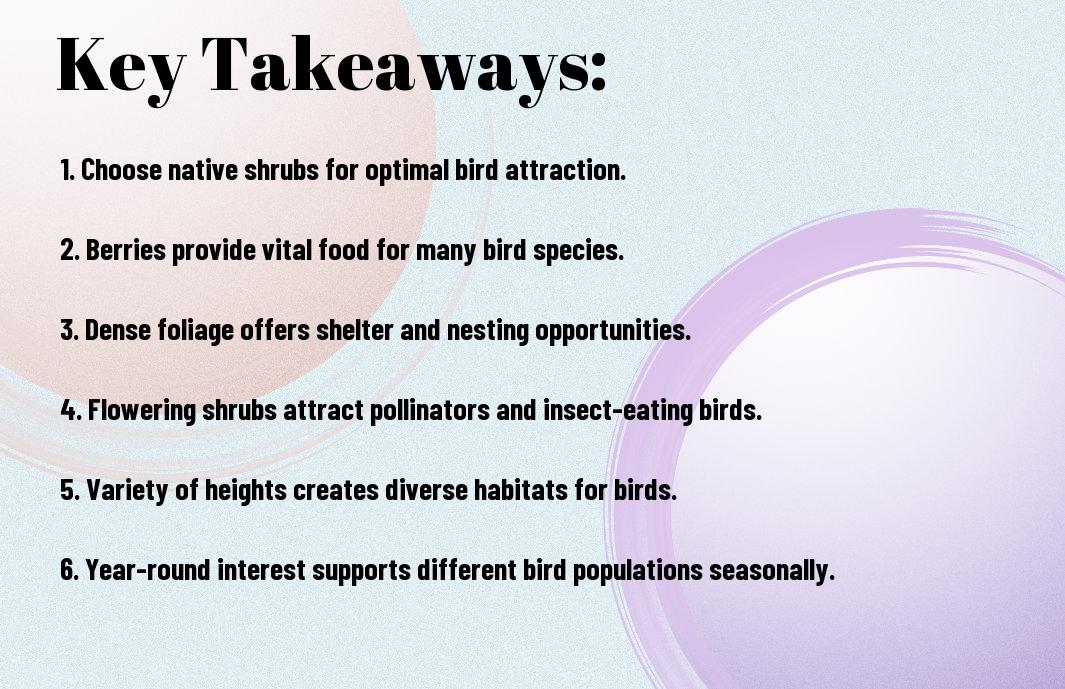
Summing up
The selection of shrubs you choose can greatly impact the number of birds visiting your yard. By incorporating the best shrubs, you can create a welcoming habitat for various bird species. You will attract a diverse range of birds to your yard, providing them with food and shelter, and enhancing your outdoor experience. With the right shrubs, you can enjoy the beauty and song of birds in your own backyard.
FAQ
Q: What types of shrubs are best for attracting birds to my yard?
A: The best shrubs for attracting birds to your yard are those that provide food, shelter, and nesting sites. Consider planting native shrubs like dogwood, hawthorn, or cedar, which produce berries that birds love to eat. Other options include shrubs with nectar-rich flowers, such as butterfly bush or honeysuckle, which attract birds like hummingbirds and orioles.
Q: How can I choose the right shrubs for the climate and soil in my area?
A: To choose the right shrubs for your area, consider the local climate, soil type, and moisture levels. For example, if you live in a dry area, choose drought-tolerant shrubs like juniper or yew. If you have wet soil, consider shrubs like bayberry or elderberry that thrive in moist conditions. Consult with a local nursery or gardening expert to determine the best shrubs for your specific region and soil type.
Q: What is the best time to plant shrubs to attract birds?
A: The best time to plant shrubs to attract birds depends on your location and climate. In general, spring and fall are the best times to plant shrubs, as the weather is mild and rainfall is more consistent. Avoid planting in the middle of summer or winter, when extreme temperatures and weather conditions can stress the plants. Additionally, consider planting shrubs that provide year-round interest, such as evergreen shrubs or those with winter berries, to attract birds during different seasons.
Q: How can I maintain my shrubs to ensure they continue to attract birds?
A: To maintain your shrubs and keep them attractive to birds, make sure to water them regularly, fertilize them annually, and prune them as needed. Avoid using pesticides, which can harm birds and other wildlife, and instead adopt integrated pest management techniques. Also, consider creating a layered landscape with a mix of shrubs, trees, and perennials, which can provide a diverse range of habitats for birds and other wildlife.
Q: Can I attract specific types of birds to my yard by planting certain shrubs?
A: Yes, you can attract specific types of birds to your yard by planting shrubs that provide their preferred food sources or habitats. For example, planting shrubs with blue or black berries, such as blueberries or blackberries, can attract birds like bluebirds and thrushes. Planting shrubs with dense foliage, such as hawthorn or pyracantha, can attract birds like sparrows and finches that need shelter and nesting sites. Research the specific needs and preferences of the bird species you want to attract and choose shrubs accordingly.
